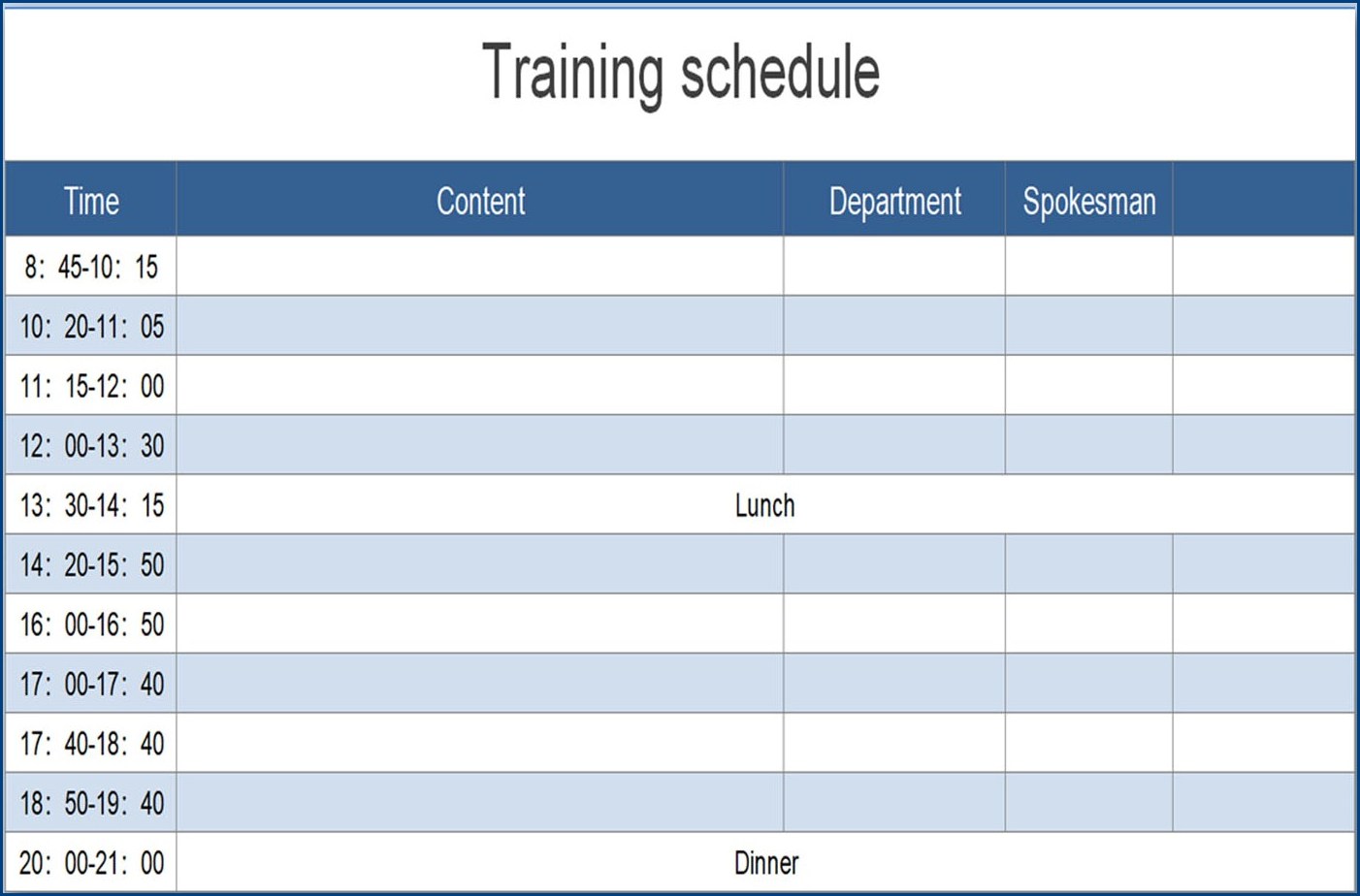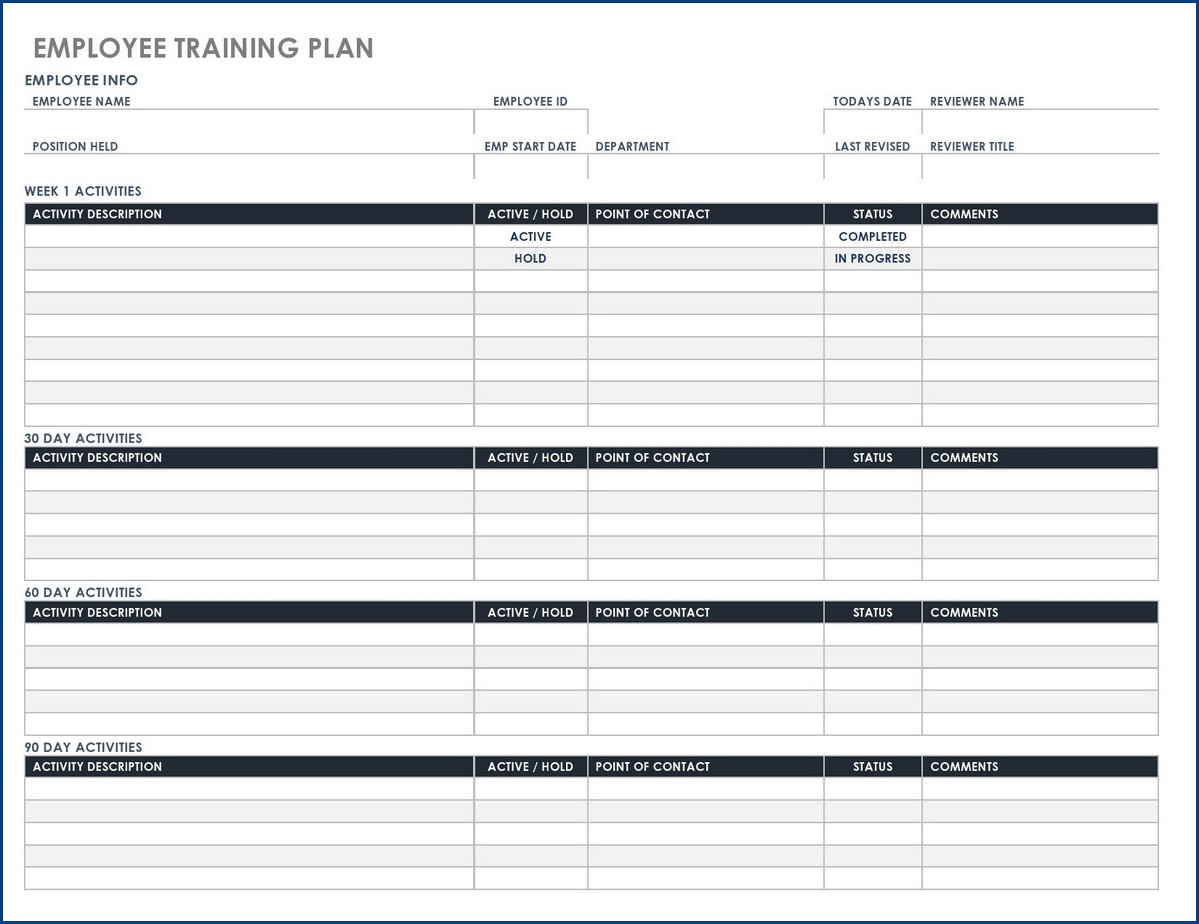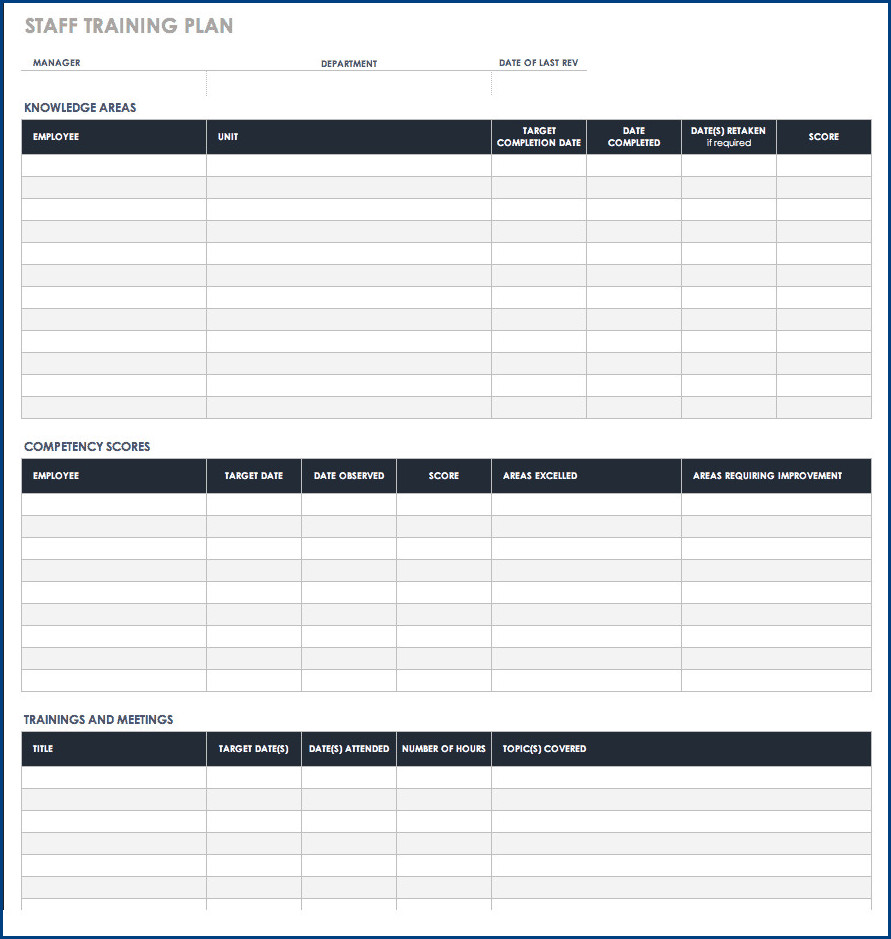
What is a training schedule?
A training schedule, as the name suggests, is a planned and organized timetable that outlines the activities and sessions involved in a training program. It serves as a roadmap for individuals or organizations to structure their training sessions effectively. A training schedule typically includes details such as the date, time, duration, and content of each session. It helps in setting clear expectations and goals, ensuring that all participants are aware of what to expect from the training program. Additionally, a training schedule helps in managing time and resources efficiently, allowing trainers to allocate adequate time for each topic or skill to be covered.
The purpose of a training schedule is multifaceted.
- It provides a systematic approach to training, enabling participants to progress in a structured manner. By following a well-planned schedule, trainers can ensure that all necessary topics are covered and that participants have a clear understanding of the subject matter.
- A training schedule helps in managing resources effectively. By allocating specific time slots for each session, trainers can utilize their time and the participants’ time efficiently.
- A training schedule fosters accountability and discipline. It allows participants to plan their schedule around the training sessions and ensures that they are actively engaged in the learning process.




Why is training schedule important?
- Efficiency: A training schedule helps optimize the use of time and resources. It ensures that training sessions are well-planned and conducted in a systematic manner, eliminating any wastage of resources. With a clear roadmap, participants can focus on learning without any distractions or confusion.
- Goal attainment: A training schedule helps individuals and teams set and achieve specific learning objectives. It outlines the desired outcomes and milestones, guiding participants towards their ultimate goals. By breaking down the training into manageable chunks, a schedule provides a sense of accomplishment as each milestone is reached.
- Continuous improvement: A training schedule allows for regular and consistent skill development. By regularly reinforcing and building upon previous training sessions, participants can continually improve their knowledge and abilities. This helps individuals stay relevant and adapt to changing industry trends and demands.
Ultimately, a training schedule serves as a roadmap to success, providing individuals and organizations with the necessary structure and direction to achieve their learning objectives.
What to include in a training schedule?
Here are some key elements that should be included in a training schedule:
- Goals and objectives: Clearly define the goals and objectives of the training program. This will provide a clear direction and purpose for the participants.
- Timeline: Create a timeline that outlines the duration of the training program. This will help participants allocate their time and plan their schedules accordingly.
- Topics and modules: Identify the specific topics and modules that will be covered in the training. This will help participants understand the content and structure of the program.
- Learning activities: Include a variety of learning activities such as lectures, group discussions, case studies, and practical exercises. This will cater to different learning styles and enhance participant engagement.
- Assessment and evaluation: Incorporate assessments and evaluations throughout the training program to measure the participants’ progress and understanding. This will help identify areas that need improvement and ensure the effectiveness of the training.
By incorporating these elements, organizations can ensure that their training programs are effective, engaging, and beneficial for all participants involved.
Training Schedule Template | Word – Download